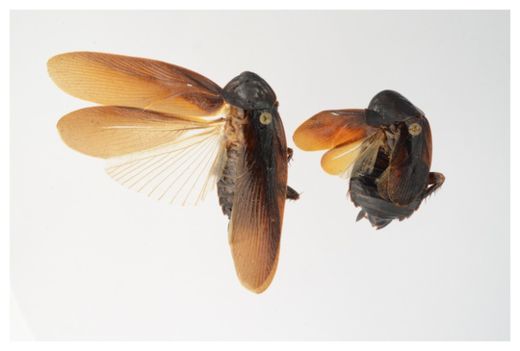
© Lyle Buss, Univ. of FloridaThis male (left) and female (right) of the cockroach species Periplaneta japonica were found on New York City's High Line in 2012.
A new species of cockroach that can withstand freezing temperatures has taken up residence in New York, scientists confirmed.
The resilient critter,
Periplaneta japonica, had never been seen in the United States until an exterminator spotted some strange-looking roach carcasses last year on the High Line, a mile-long park built on an old elevated railway in Manhattan. Researchers confirmed the identity of the species, which is native to Asia and notable for its ability to thrive in cold climates, unlike the
American cockroaches that populate New York and take shelter indoors when winter comes.
"About 20 years ago colleagues of ours in Japan reared nymphs of this species and measured their tolerance to being able to survive in snow," Rutgers insect biologist Jessica Ware said in a statement.
"As the species has invaded Korea and China, there has been some confirmation that it does very well in cold climates, so it is very conceivable that it could live outdoors during winter in New York. That is in addition to its being well suited to live indoors alongside the species that already are here."
Ware and colleagues say it will be difficult to trace the source of the species, but they suspect
Periplaneta japonica arrived in New York in the soil of one of the plants along the High Line, which first opened in 2009 and is still partially under construction. Though the High Line's gardens have a focus on native plants, Ware noted that many nurseries in the United States have native plants alongside imported ones.

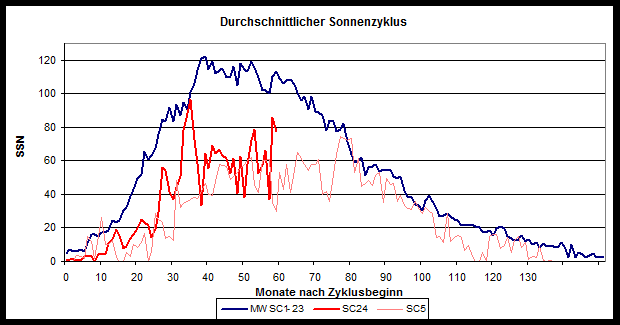
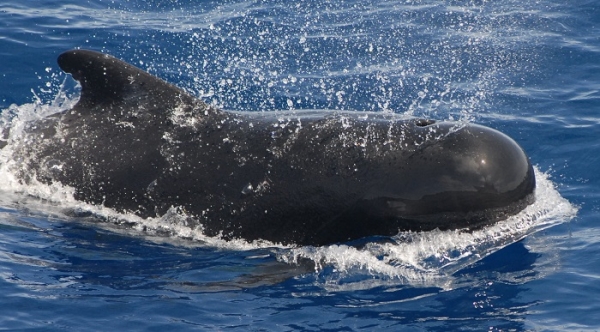
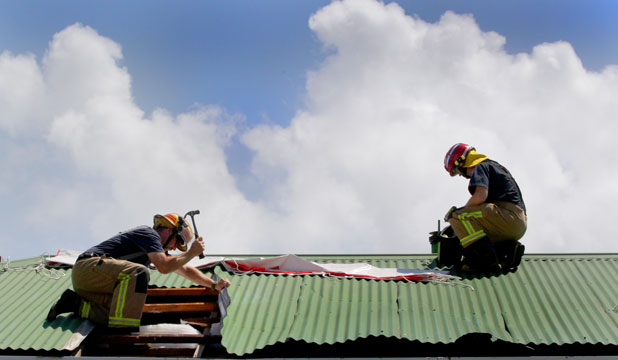
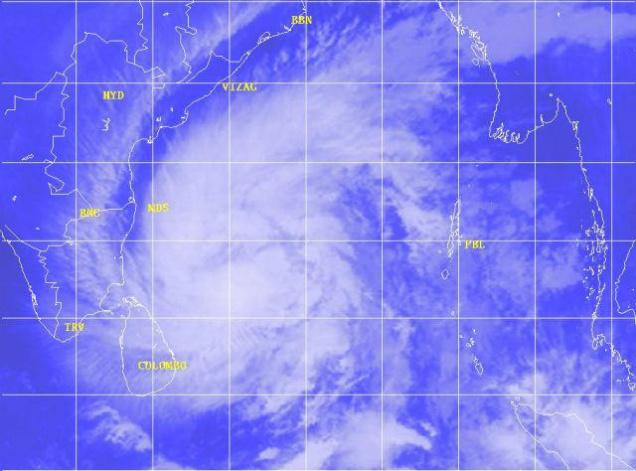
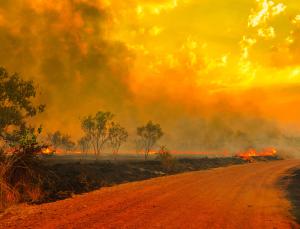

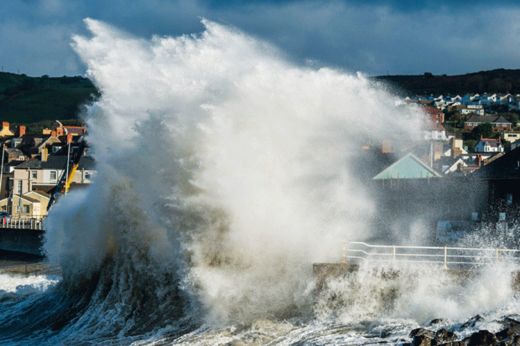
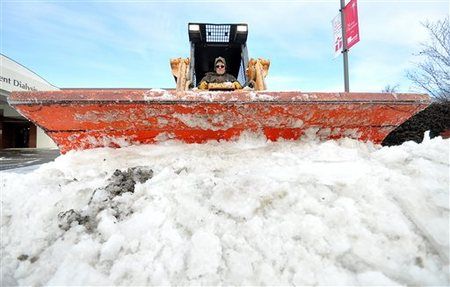



Comment: They sure took their sweet time publishing this information... is that because it conflicts with their 'climate models' and supports the imminent ice age theory?